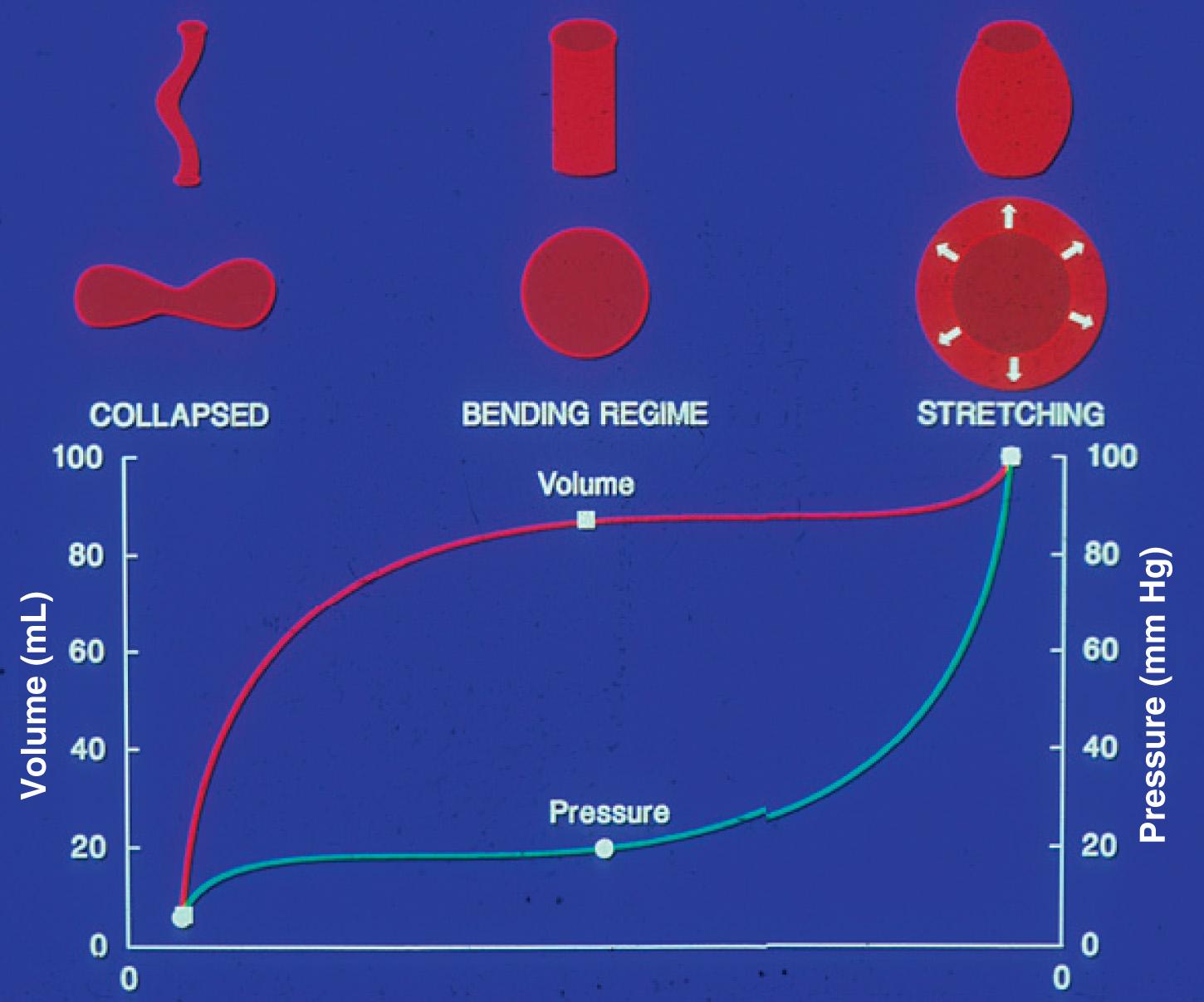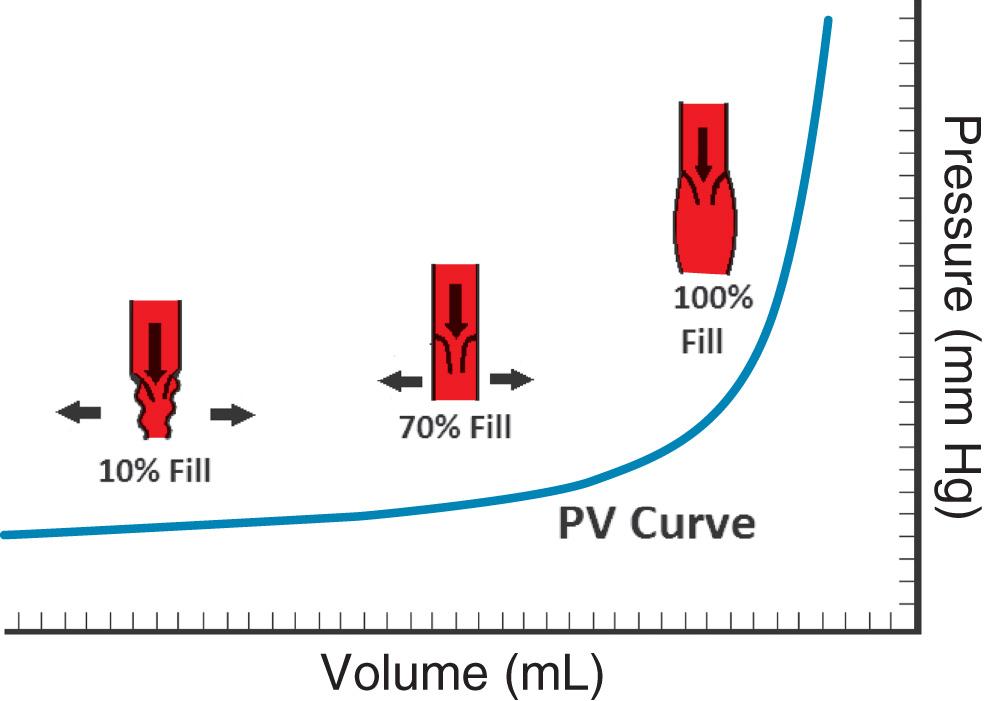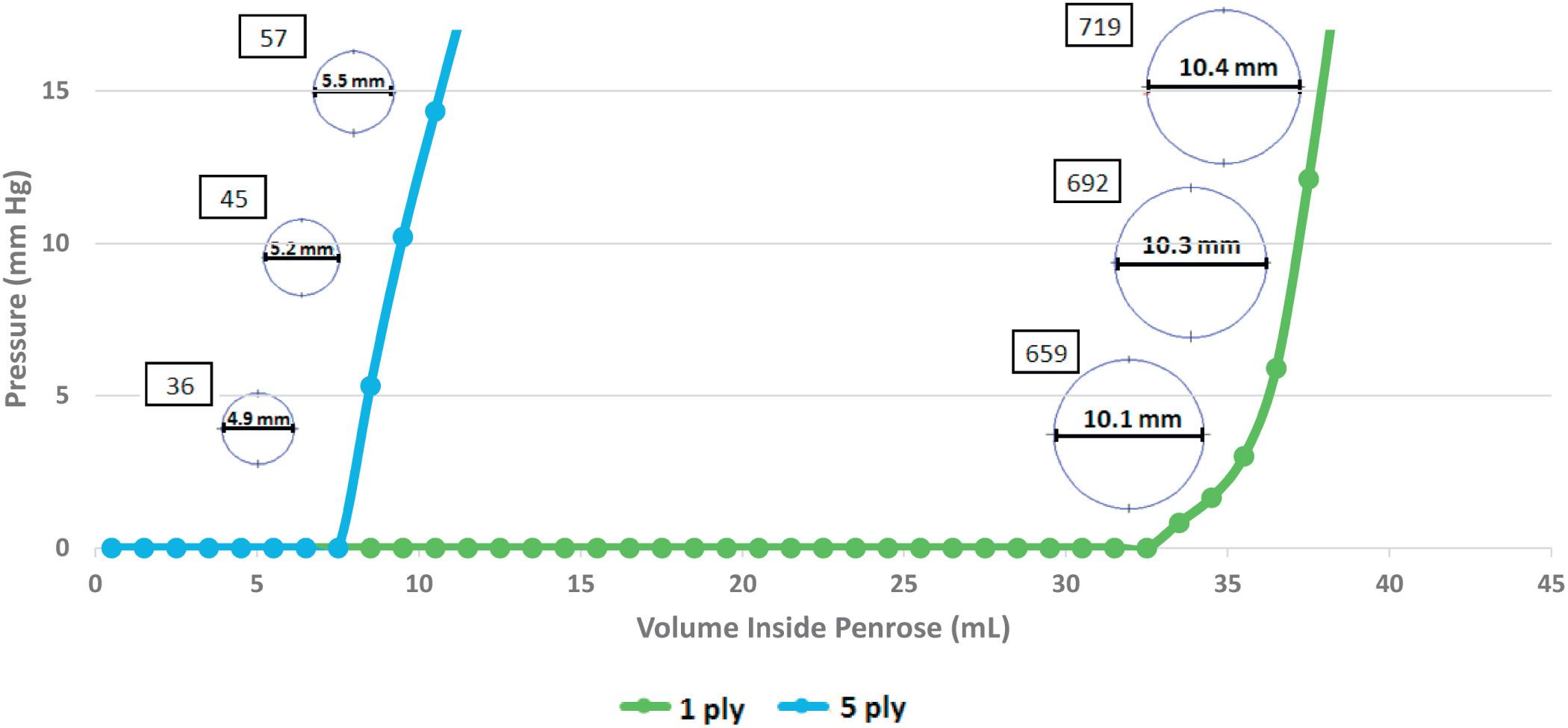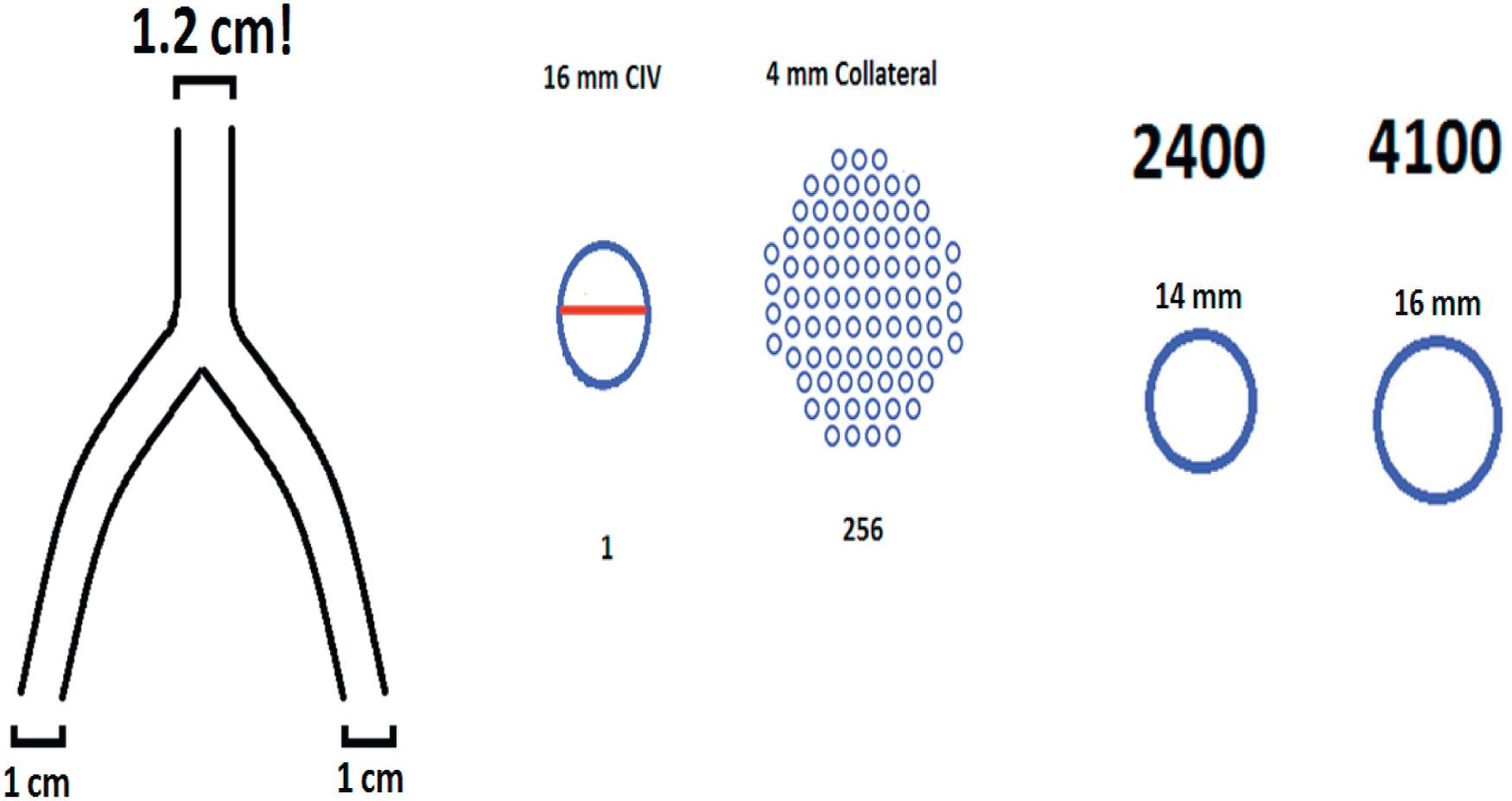Physical Address
304 North Cardinal St.
Dorchester Center, MA 02124
The volume-pressure (V-P) curve is central to venous hemodynamics. Its effect is manifest in many aspects of venous function. Because veins are thin-walled collapsible tubes, the V-P curve is governed by the Tube law, which is displayed in Fig. 2.1 . The curve is sigmoid. The functionally relevant parts are the horizontal and terminal vertical limbs in the physiologic pressure range of 5 to 15 mm Hg. The curve is remarkable for its asynchronous nature. The horizontal portion is called the “bending” regimen during which a large volume (≈ 80% of total) accumulates with little increase in transmural pressure. During this phase, the vein simply “uncollapses” with movement of the wall (bending) without a perimeter increase. Beyond this point, there is stretching of the vein wall (“stretching” regimen), which increases the perimeter of the venous tube. A sharp increase in the transmural pressure is noted during this regimen, yielding the terminal vertical component of the curve. This portion represents most of the pressure, but only around 20% of the venous volume. This remarkable property permits the storage function of the veins where 70% of the total blood volume resides. Large volumes can be accommodated with considerable flux with little expenditure of energy (pressure). Another example of the utility of this property is shown in Fig. 2.2 . A valve station is shown with a valve refluxing into the segment below. The pressure in the infravalvular segment will remain low until 70% to 80% of its capacity is filled by reflux. Only then will there be a pressure rise, a central cause of chronic venous disease (CVD). Without this pressure buffering “shocks,” pressure rise will occur sooner and steeper, causing reverberating fluid waves (water hammer) that will be more damaging. Decreased compliance of the infravalvular segment results in the dramatic shortening of pressure recovery times, more so than reflux itself in experimental set-ups.


Venous drainage from the various microvascular beds will be the best during the bending regimen when the venous pressure is the lowest, maximizing the drainage gradient. Nature has provided the abdominal and calf pumps to periodically collapse the major collecting veins into the bending regimen. Venous drainage in the upper body is increased during phases of increased negative pressure with inspiration.
Fig. 2.3 shows the effect of a worsening compliance. The curves were derived from 1-ply and 5-ply Penrose tubing to mimic normal and post-thrombotic veins. The volume ratio of the bending versus stretching regimen dramatically shrinks from the normal 8 : 1 ratio (blue curve) to nearly 1 : 1 in the poorly compliant vein (green curve) . The effect of this on a centimeter-long cylindric conduit is depicted beside the respective curves. The caliber of a poorly compliant vein is about half of normal at a comparable physiologic pressure range; the prevailing pressure is unable to open the conduit to its normal caliber because of decreased compliance. Caliber reduction exponentially increases flow resistance (14–20 times here, shown as units in square boxes), resulting in the elevation of peripheral venous pressure, which is at the root of many of the clinical manifestations of CVD. Note that the bending regimen (counter-intuitively) bears the brunt of this volume reduction; the venous tube is no longer able to uncollapse so easily at prevailing pressures to achieve normal caliber although wall stretch is also affected.

The importance of conduit caliber in flow resistance/conductance is well known in the arterial system. The relationship is exponential because the geometric term πr 4 enters the Poiseuille equation in the fourth power. The surprising power of this relationship in the venous system is illustrated in Fig. 2.4 . Tributary confluence is an important function of the venous drainage system. Consider two tributaries, each 1 cm in diameter, joining to form a parent trunk (left). The parent needs to be only 20% larger than each of the daughter vessels to accommodate the flow from both without elevating the peripheral pressure. In the center panel is shown an iliac vein 16 mm in diameter. If it is occluded, 256 4-mm sized collaterals will be required to carry the flow without raising the peripheral pressure. The right panel shows a “minor” iliac vein stenosis; the caliber is reduced a mere 2 mm from 16 mm for a 13% diameter stenosis. However, the conductance will be nearly cut in half from 4100 to 2400 units, meaning the peripheral venous pressure will almost double.

Become a Clinical Tree membership for Full access and enjoy Unlimited articles
If you are a member. Log in here